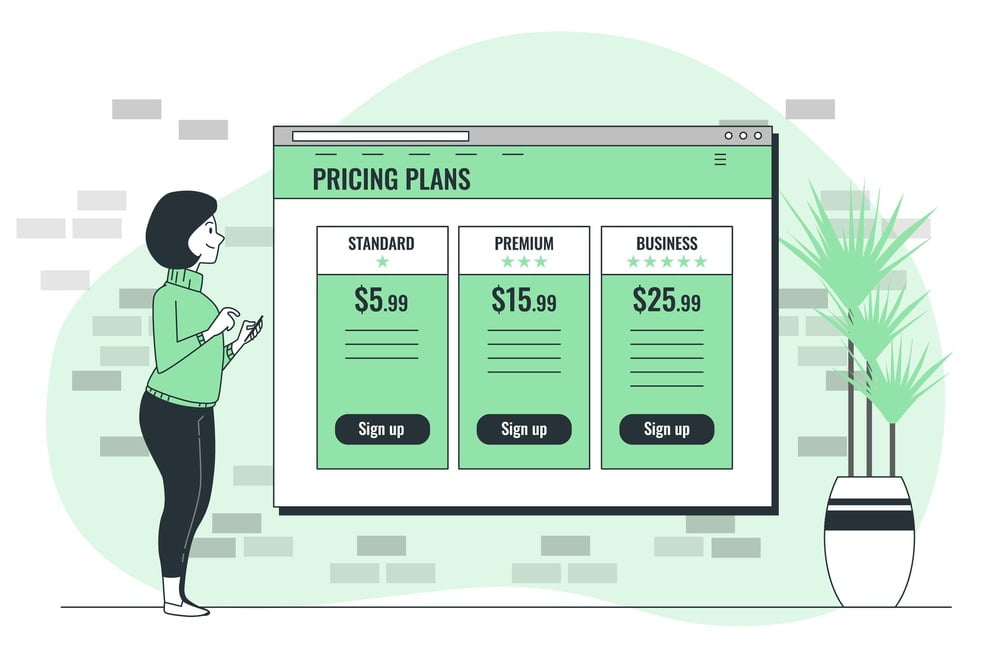Managing IT costs has become the top priority for many organizations in the modern, fast-paced, and fiercely competitive world. The dependence of organizations on IT infrastructure has increased, making it more challenging than ever to control IT costs. IT cost optimization is critical for businesses to remain competitive and agile in today’s rapidly evolving business landscape.
The requirement for technology to assist operations grow as firms expand and flourish. However, the problem of managing and optimizing IT expenditures comes with increased demand for IT services. Analyzing and lowering IT costs while maintaining or raising the caliber of IT services is known as IT cost optimization. In this blog, we’ll discuss the value of IT cost optimization and offer best practices for implementing such a framework.
Related blog: Reduce IT costs without increasing incidents and escalations
What is Cost Optimization?
Regularly assessing an organization’s business technology processes in search of cost-saving options is known as IT cost optimization. Cloud services, infrastructure, and apps are a few of these categories. Cost optimization in the context of IT is determining and reducing the costs related to IT benefits while ensuring they continue to suit the demands of the business.

Initiatives to optimize IT are like those to optimize IT costs because both are essential to maximizing business value. The former seeks to modernize society and increase productivity, whereas IT cost optimization is solely a financial choice. Cost reduction without sacrificing the level of the services offered is possible thanks to cost optimization.
Why IT Cost Optimization is Important for an Organization?
IT cost optimization is about providing value as well as decreasing costs. Businesses can ensure that IT resources are used efficiently to foster business growth and innovation by aligning IT investments with business goals. It necessitates a shift in perspective from considering IT as a cost center to viewing it as a strategic asset that can assist organizations in meeting their goals.
Adopting cloud computing is one of the best practices for IT cost optimization. Cloud computing provides various advantages, such as scalability, flexibility, and cost savings. Businesses can decrease IT infrastructure expenses, pay only for what they use, and swiftly scale up or down as business needs change by embracing cloud computing. IT cost optimization assists businesses in achieving the following goals:
Increased Efficiency:
IT cost reduction leads to increased efficiency. Businesses can streamline their processes and increase productivity by finding and reducing inefficiencies in their IT infrastructure.
Enhanced Customer Satisfaction:
Quality customer service requires an efficient IT infrastructure. Businesses can improve their IT infrastructure by lowering IT expenditure, which leads to more customer satisfaction.
Improved Resource Utilization:

Optimizing IT costs enables firms to make better use of their resources. It assists firms in identifying underutilized resources and allocating them to places that require them the most.
Cost Reduction:
The fundamental advantage of IT cost optimization is cost savings. Businesses can cut waste and focus resources on areas requiring more attention by optimizing IT costs.
Enhanced Innovation:
By lowering IT expenditures, businesses can devote more resources to innovation, research, and development. It can help them develop new products and services to set them apart.
Competitive Advantage:
IT cost reduction can give organizations a competitive advantage. It enables them to cut expenses and offer products and services at lower prices than competitors.
Improved Productivity:
IT cost optimization can boost productivity by minimizing downtime and enhancing employee efficiency. It has the potential to improve overall business performance significantly.
IT Cost Optimization Best Practices:
Perform a complete audit of your IT infrastructure:
The first step towards IT cost optimization is thoroughly evaluating your IT infrastructure. Examine your IT spending, considering all hardware and software inventory, maintenance charges, and support services. Determine where costs can be cut or eliminated.

Implement Energy-Saving Practices:
Energy-efficient practices are beneficial to the environment and assist organizations in reducing IT expenditures. Power management practices, such as turning off inactive equipment, can help to reduce energy usage and recurring expenses.
Adopt Cloud Computing Technologies:
Cloud technologies have become an excellent choice for businesses looking to reduce their IT costs. Cloud-based services enable enterprises to cut hardware and software expenditures and maintenance costs while increasing scalability.
Implement IT Asset Management:
IT asset management is a critical component of IT cost reduction. It assists enterprises in tracking the lifecycle of their IT assets, managing licenses, and ensuring compliance. Adopting IT Asset Management practices can assist firms in lowering costs and increasing efficiency.
Implement Agile IT Practices:
By focusing on delivering value fast and efficiently, agile IT practices can help firms save expenses. It can include implementing agile approaches like Scrum, Kanban, and lean IT to cut waste, eliminate redundancies, and boost productivity.
Utilize Data Analytics:

Data analytics can provide significant insights into IT expenses, usage trends, and enterprise performance. Businesses can benefit from data analytics by using it.
Think More about Open-Source Solutions:
Open-source software can give a cost-effective alternative to proprietary software for enterprises. It can lower software licensing costs and allow organizations to tailor their software to their requirements.
Set Priorities for IT Projects:
Prioritizing IT initiatives enables firms to concentrate on the most vital projects while reducing unnecessary costs. Prioritization ensures that resources are given to areas significantly impacting the organization’s success.
Finally, businesses must continuously monitor and analyze their IT costs to identify areas where costs can be reduced further. It can involve conducting regular audits, analyzing usage patterns, and reviewing service-level agreements to ensure businesses get the best value for their IT investments.
Related blog: Strategies for effective IT Cost Optimization
Final Thoughts:
IT cost optimization is vital to every business’s success. Businesses can reduce costs while improving overall business performance by implementing best practices such as conducting a comprehensive assessment of IT expenses, focusing on value, adopting cloud computing, optimizing IT infrastructure, outsourcing IT services, standardizing IT processes, implementing a cost optimization culture, and implementing energy-efficient IT solutions.
Businesses can remain competitive and agile in a rapidly changing business landscape by prioritizing security, monitoring and analyzing IT costs, implementing agile IT practices, considering open-source solutions, negotiating with vendors, leveraging data analytics, and continuously evaluating and improving their IT cost optimization strategies.

















